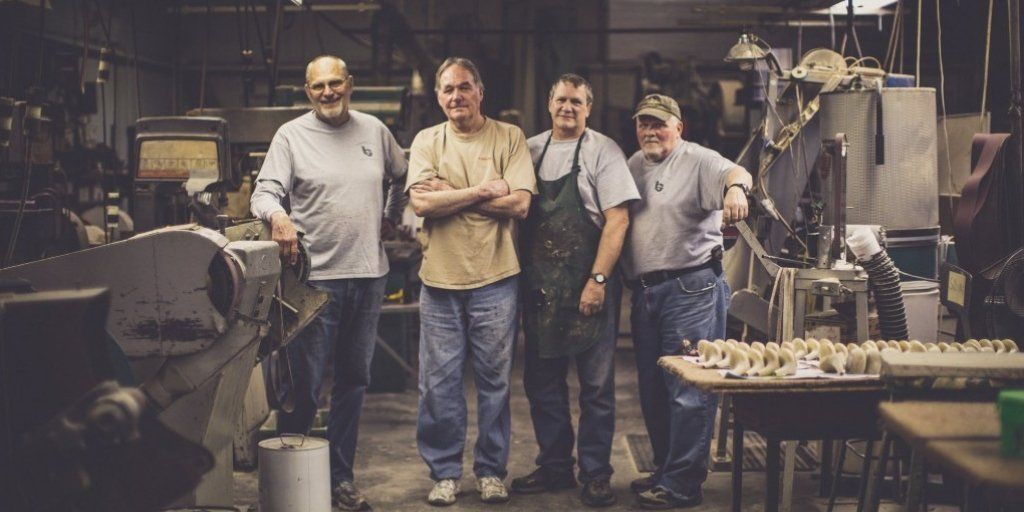
When I was 10 years old I found an old set of golf clubs with wooden shafts in my grandmother's garage. I took them across the street to an abandoned schoolyard and started whacking away at balls that were probably 30-40 years old. I piled up a bunch of dead grass to create a tee and kept experimenting with different swings until I hit that one shot that changed it all. I struck the persimmon driver perfectly, and in that instant, I was completely hooked.
Since then, I have embraced all of the technology that the golf world has to offer. I've been custom fit with equipment that is finely tuned for my game. I want to squeeze every bit of performance possible in my never-ending quest to become a better golfer and compete in tournaments. The hickories are long gone, but they still hold a special place in my heart because of that feeling that rang through my body when I hit that first perfect shot. I even did a fun test recently with a launch monitor comparing older golf clubs to newer ones.
This time last year I was reading a story in The Golfer's Journal that kind of blew my mind. It was about four men who, despite earth-shattering changes in the golf equipment industry, were still manufacturing hickory golf clubs. I had assumed that no one in their right mind would be making wooden golf clubs still, but Louisville Golf has managed to stay alive (and even thrive) when they probably should have disappeared.
It turns out there is still a market for hickories. Golfing purists are playing with them, and they have also become cherished collector's items.
Metalwoods (Almost) Killed The Persimmon
Wooden golf clubs stood no chance when talented engineers from the aerospace industry started working for golf club manufacturers. The metal wood quickly destroyed the market for wooden golf clubs, and companies either went out of business or laid off the majority of their staff.
Louisville Golf went from having more than 100 employees at one point down to only four. These men have managed to stick through insurmountable odds and keep crafting classic golf clubs by hand. They estimate that each club takes somewhere between 180 - 230 different "touches" to make.
Just like vinyl, hickories are coming back in style though. There are plenty of collectors out there, and now a growing number of golfers who want to play the game with its original equipment. Lousiville Golf is the last man standing, and you can't help but smile at their story.
Linksoul has a great collaboration with them and this video gives a nice view of what they are about:
Golf Artwork
When you look at the finished products from Lousiville Golf, you can't help but admire their craftsmanship. Playing golf with your own style is an art form, but these are physical pieces of art that represent the original soul of the game.
Here is a slideshow showing some of their work:
They manufacture all kinds of replicas that are built as closely as they can to the originals. There are pre-1900s hickories, styles from the 1900s - 1930s, putters, and their take on the "modern persimmon driver" which you can actually purchase with a graphite shaft.
You can learn more about Louisville Golf on their website. They even offer plant tours for those in the area.
Also, check out Linksoul's awesome collaboration of woods that are available on their website here. Spread the word about these guys, they can use every bit of help the golf industry can offer!
We care about the protection of your data Read our Privacy Policy